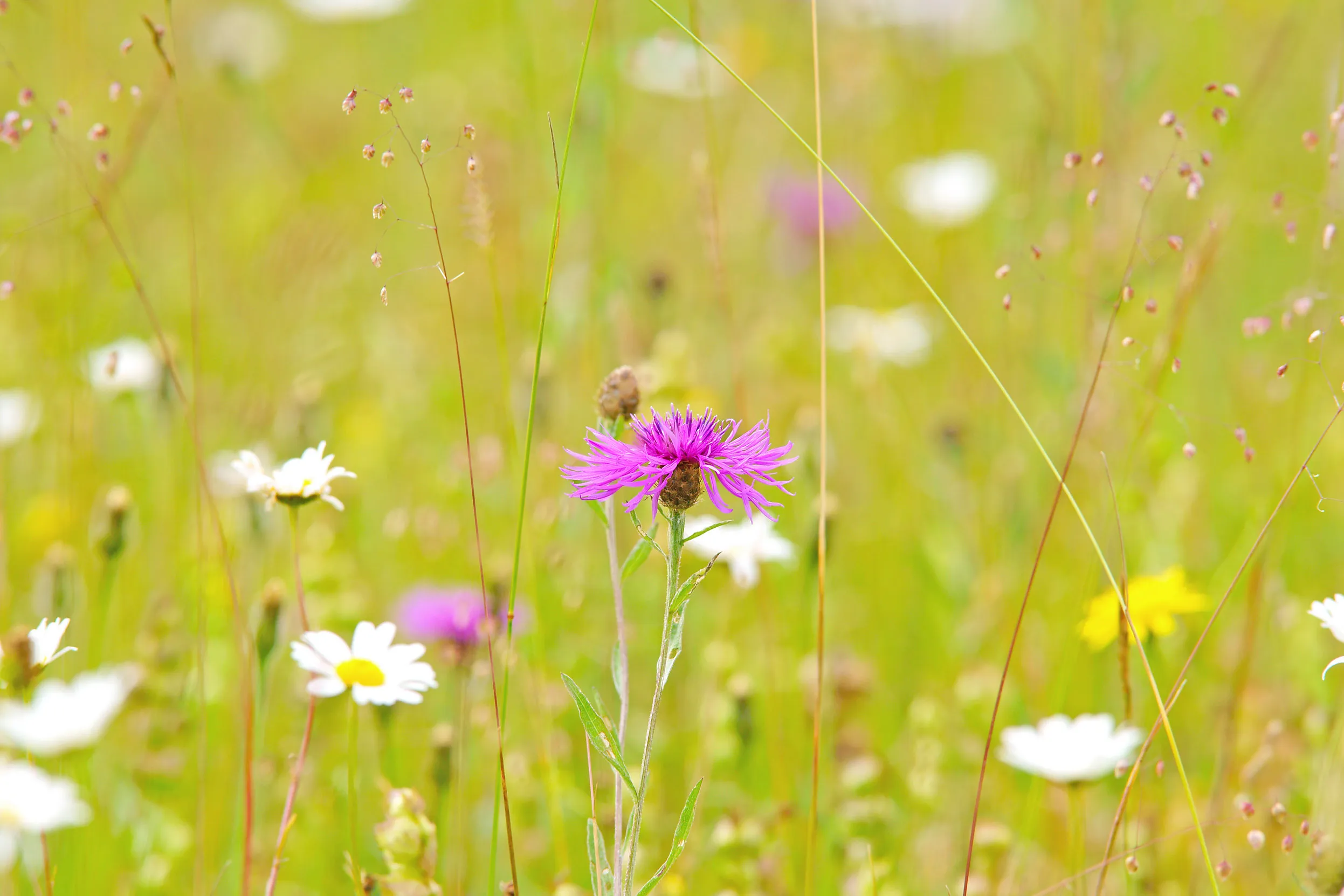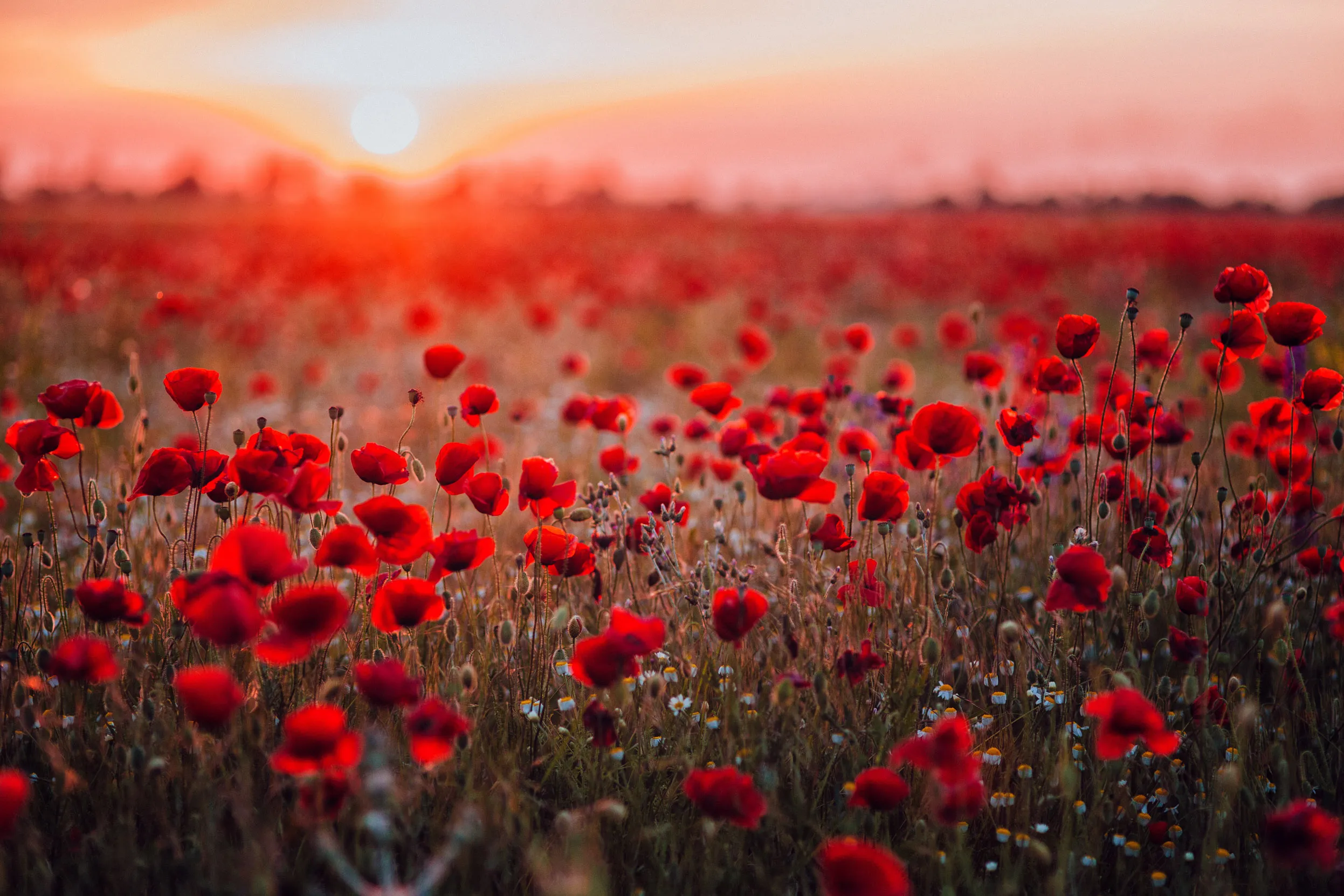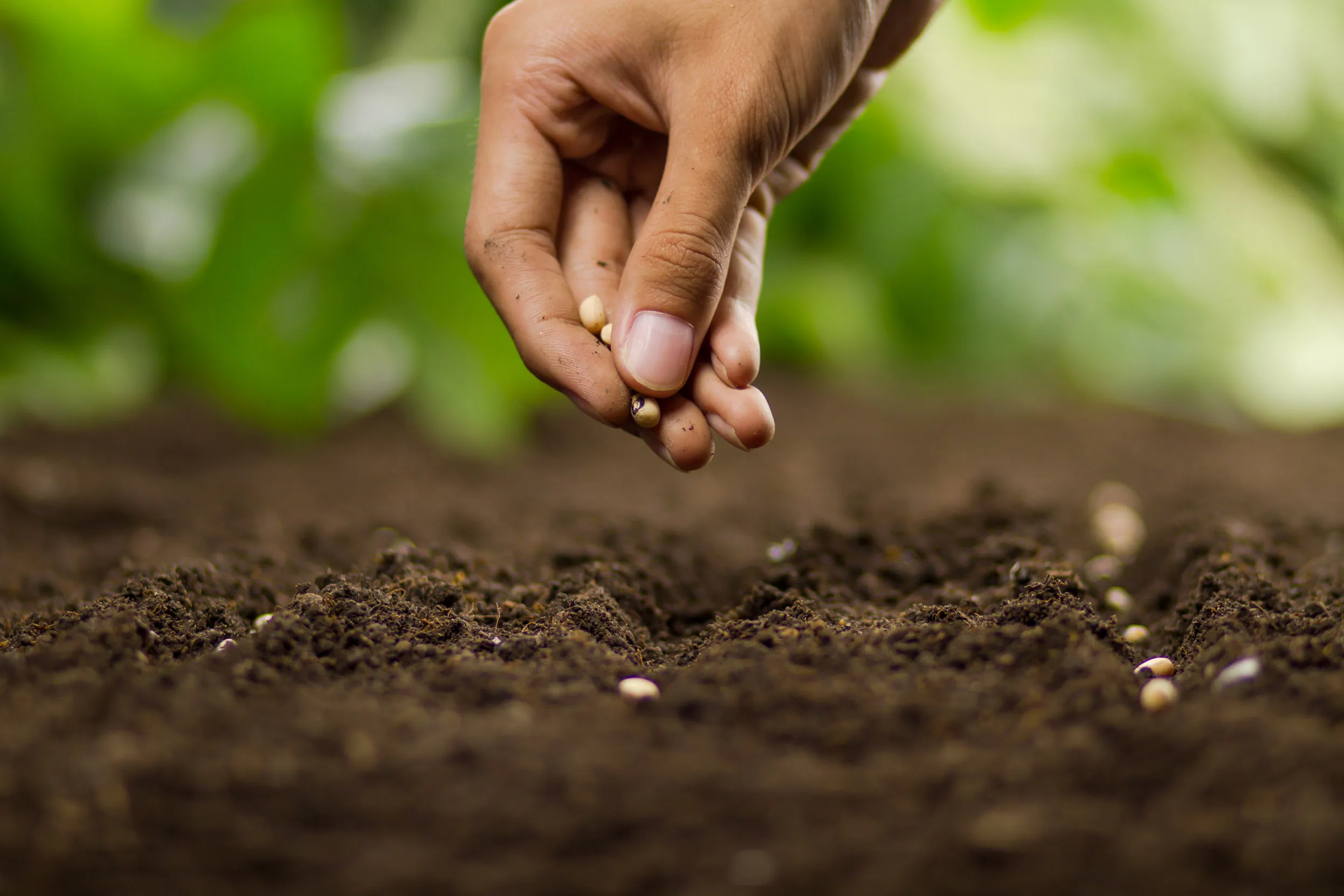
Our guide is full of ideas for welcoming nature into your outdoor space. Put a few of our tips into action and your garden will be buzzing with wildlife in no time.
Make your space a place where nature thrives, with help from our guide.
.71710867786471529.jpg)
Before you get planting, it's a good idea to do a rough plan of what you'd like to plant where. Putting in a range of nature-friendly plants and flowers will attract a world of amazing wildlife, and create a diverse and thriving garden.
Planning and creating a wildlife friendly garden doesn’t have to be daunting. The work can be spread out over months or even years. Think of your garden as an ever evolving project, and don't put pressure on yourself to finish it all over one long weekend.
Sitting down to plan your nature friendly space is an exciting moment. It’s a chance for you to create a haven for yourself and your local wildlife – the possibilities and potential are huge.
Browse through our activities, and consider the different species your garden to become a home to. Start to think about different plants available, the space you have and resources you have at your disposal. Nurseries, garden centres, social media, books and magazines can also be great sources of information and inspiration.
Sketch your ideas out, marking where shrubs, trees and permanent structures like a pond may go. What about seating and practical elements for you and your guests? Think about how you might be able to make use of existing features and plants, and experiment with the shape and layout of your space. Look to nature for inspiration.

The larger the variety of habitats you create in your garden, the more welcoming to wildlife it will be.
Having a combination of taller, structural bushes and perhaps a tree will provide shelter and nesting sites for birds and mammals.
Introducing lower, flowering plants and shrubs, or patches of uncut grass and wildflowers will provide good ground cover, protecting your soil from the elements, as well as offering food for birds, bees, butterflies and other insects.
Bringing an area of water into the garden can encourage a range of wildlife, from the insects and amphibians that use it as a home, to the birds and mammals that simply visit it to feed and drink. From a bird bath to a mini pond, or even a large pond, any water will be welcome.
Also think about time as well as space. Choosing plants which flower, seed and bear fruit at different times of the year will give year-round benefit for the different animals that live in your garden.
Choosing the right plants for you, your garden and the wildlife in it, is an important part of building a vibrant, nature-friendly space.
Find out what you can about your soil (eg. wet, heavy clay, or dry, sandy soil?), and whether your garden is sunny or shady. Many plants like specific soil and light conditions. Look around and find out what grows well in your local area.
Some plants take several years to mature. For example, you're not likely to see a Song Thrush feeding on ivy berries for at least five years. But there are lots of flowering plants and shrubs you can plant for instant impact while you wait.
You may also choose to remove plants from an existing garden, but careful consideration should be given in mature gardens before removing an established plant to replace with a new one. Think about how it might impact existing wildlife, and whether what you're looking to replace it with will bring the same value and thrive in the same place.

Our guide is full of ideas for welcoming nature into your outdoor space. Put a few of our tips into action and your garden will be buzzing with wildlife in no time.
There are many ways to buy plants, but here are a few things to think about and look out for when you hit the shops.
Some flowering plants can be purchased as root corms or tubers that are either bare-rooted or pre-planted in a plastic pot with a peat-based compost. Biennials and annuals can be purchased as seeds for self sowing or already pre-grown in a small pot or container.
The cheapest way to purchase plants is as bare-rooted or as seeds. This also avoids buying plants which have been potted using peat.
If you buy potted plants, check the holes in the bottom to make sure the roots aren't bursting out or tightly wound round inside the pot. This indicates that the plant is potbound and has been in the nursery for some time. It's difficult to get potbound plants to thrive, and many die after being planted out.
Consider the environmental implications of potted plants. They may have been raised on an industrialised scale in huge heated glasshouses and shipped here from the continent. The containers they are grown in do not usually recycle or biodegrade well and the plants are usually grown in peat. Bare root plants or seeds to grow yourself are a great way to fill your garden.
.jpg)
If you're shopping for hedge plants, we've teamed up with Best4Hedging. Their plants not only carry our logo, but are approved by our Conservation team as being nature-friendly.
Using native species can be hugely beneficial and important to wildlife that may rely on them for food and nesting.
Although many non-native plants and flowers can be just as beneficial, native species can play an important part in creating a sustainable and flourishing home for nature in our gardens. Many native species, such as holly and hawthorn, are key habitats for certain animals and it’s good maintain their presence in our gardens.
Native wildflowers too, are crucial homes and sources of food to a huge range of creatures. Areas of wildflower meadow in countryside and in decline as well, so introducing these to our spaces can be a key part in keeping species alive and keeping insects like bees in business.
Growing wildlife-friendly flowers in your garden, on your balcony or even in a window box is a great way to add colour and interest for yourself and nature. Fast-growing annual plants like poppies, Corn Marigold and cornflowers grow from seed to a mass of flowers in a few months, providing a buffet for bees and butterflies, food for birds, and cover for other creatures. Plus, it needn’t be expensive - a packet of seeds can be picked up quite cheaply. Have a look at the RSPB’s wildlife-attracting seeds. It’s quick, easy and the results can be stunning.

Annual flowers live for only one season, before they set seed and die. If you leave the seeds, you should get some new plants in the next season, but you’ll probably need to sow some new seeds too, to get a good display of flowers.
Perennials live much longer, as they come back with each growing season. At the end of the season, they’ll set seed and die back, just like annuals, but the next year they’ll return. If the previous season’s seeds germinate too, your perennials will spread naturally.
The best time to plant trees, shrubs and bare-rooted herbaceous plants is between November and March. Planting before Christmas ensures better rooting, rapid establishment and growth because the soil is warmer.
This is also the best time to transplant existing trees, shrubs and flowering plants. Planting early in the new year, particularly into March, means plants take longer to establish and are more likely to require watering.

Prepare new beds and borders during late summer and early autumn, ready to plant at the end of the year. You can plant through the winter, except when the ground is frozen or too wet.
Before planting, prepare the ground. Mark out the area with pegs and string, or use a trickle of sand, then clear grass and weeds.
Skim off turf with a spade or shovel and pile in a corner to rot down to form loam. Or dig two spades depths and bury the turf upside down in the trench before covering over. This is can take a long time and a lot of effort, but will introduce organic matter into the soil.
All soils will benefit from the addition of compost. Try to find organically produced products, and never buy peat-based compost.
For very large borders or shrub beds, or in new developments with no prior landscaping, it might be a good idea to hire a rotovator. You could spread the hire cost with your neighbours and do several gardens at once.